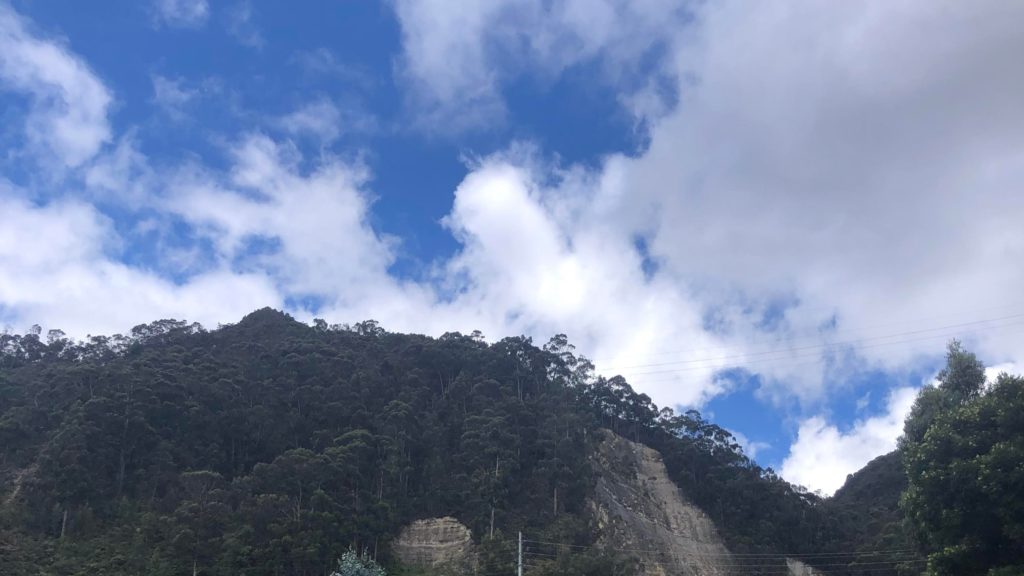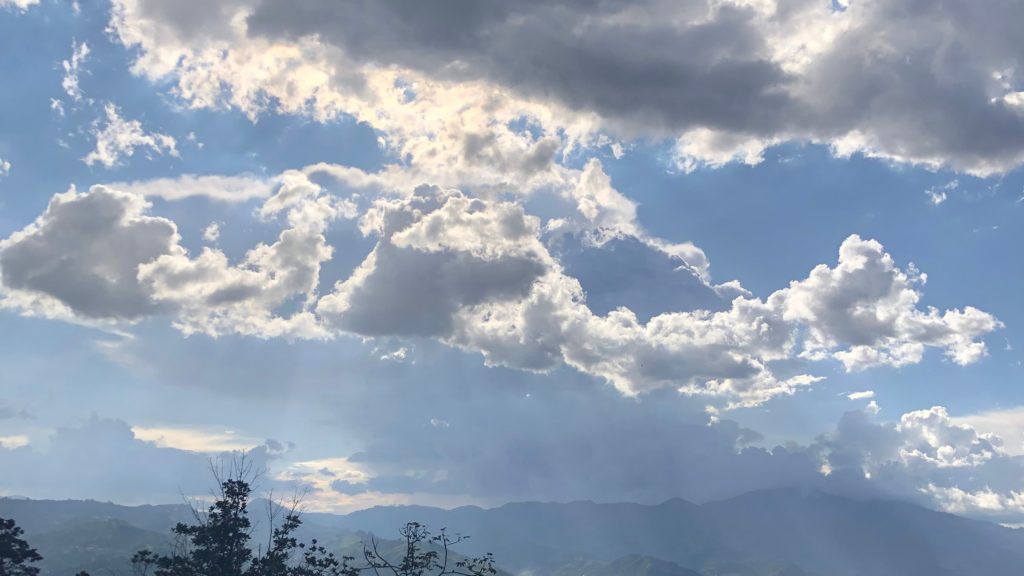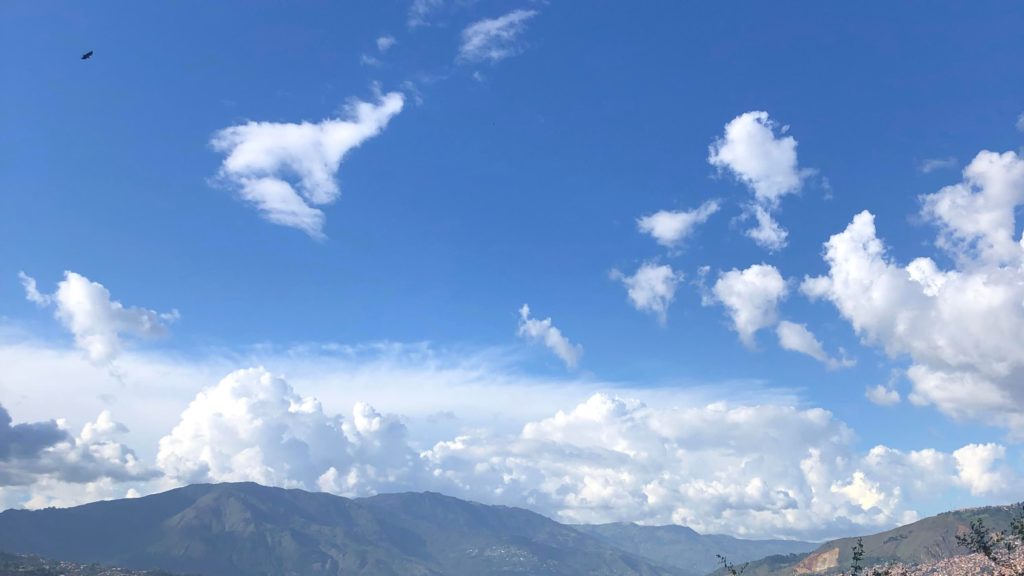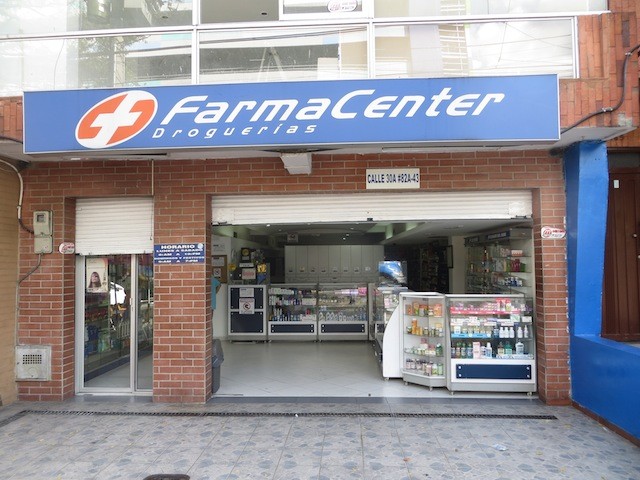TLR? Medellin is a higher-altitude city, so there are a few things to know before jet-setting your way to the area.
The image that comes to most people’s minds when they think of Colombia is probably a hot, steamy tropical rainforest due to its proximity to the equator.
However, much of Colombia is also quite mountainous and lies at quite high elevations. The country’s capital, Bogota, is one of the highest altitude big cities in the world at almost 9,000 feet.
Medellin is much lower elevation, but many of the beautiful small towns surrounding it in Antioquia are at similar heights.
So, if you plan on visiting some of those places, it’s good to have a few tricks in your back pocket for dealing with high altitudes. It can sometimes take quite a while to get used to.
Altitude Sickness 101

The human body’s reaction to changes in altitude can be summarized by this simple fact: at high altitudes, there’s less oxygen in the air, and that makes you feel weird. If you go above 8,000 ft, your chances of having some kind of complication related to altitude increase dramatically.
The symptoms of altitude sickness are quite varied, but you can check out a shortlist on online to get a feel for them. It can take a second for someone coming from sea level to adjust to these dramatic changes. So, it’s wise to take things easy and let your body adjust without trying to push it too hard.
At 5,000 ft, Medellin isn’t quite at an altitude where most people would notice a significant difference in their physical state.
That being said, the mountains surrounding the city do reach such heights. You would want to consider their altitude if you’re planning on taking some trips up to places like Santa Elena. Luckily, there are easy precautions to take to ensure that when you go to places in the mountains, you’ll stay safe and comfortable.
Hydrate, Hydrate, Hydrate

Possibly the most recommended precaution you can take to make yourself more comfortable is to make sure that you stay properly hydrated.
This is because the body has to work much harder to pump oxygen through the lungs. It’s one of the big reasons people begin to feel uncomfortable or succumb to altitude sickness.
This makes it harder to circulate blood through the body, requiring more and more energy to accomplish its basic tasks. All that culminates in the reality that the body uses more water at high altitudes to keep its systems running.
I’ve found that at heights above 8,000 ft, I’m generally much thirstier and become dehydrated much more easily. I often require copious amounts of hydration, especially in the first few days of getting adjusted to the new altitude. For this reason, I would recommend always ensuring that you have some water with you.
This is true even if you’re just running routine errands around or taking a quick hike. At the end of the day, it makes all the difference in how you can feel.
For the same reasons, you can also experiment with drinking sports beverages like Gatorade and Pedialyte. These types of drinks supply your body with additional electrolyte support on top of basic hydration.
Try Over-the-Counter Medications

Several over-the-counter medications are readily available at most Colombian pharmacies that can be very helpful for easing discomfort at high altitudes. The most potent is a medication by the name of Diamox, which is recommended only in cases of AMS (Acute Mountain Sickness).
This medication is used primarily by mountain climbers or those who are routinely ascending beyond 10,000 ft in elevation on prolonged treks. Many sources recommend simple mild anti-inflammatory medications, such as ibuprofen. This is primarily for the more common and mild forms of altitude discomfort
Acetaminophen and aspirin are also very common anti-inflammatories. They have been reported as very effective in combating the effects of mild altitude sickness.
Skip The Alcohol and Caffeine (At Least At First)

In the spirit of hydration, this is another universal recommendation that I came across: consider skipping alcoholic drinks during your first few days at altitude.
Alcohol, as enjoyable as it is, definitely doesn’t help things in the dehydration department. It can severely inhibit your body’s ability to function properly while it’s adapting to new low-oxygen environments.
While not as severe, coffee is also approached best in moderation while at high altitudes because of its dehydrating effects.
Take Your Vitamins And Minerals

The first time I went to Bogota, I experienced what many a traveler has before me in the form of the dreaded Soroche (the local term for altitude sickness).
Granted, Bogota is at a much higher elevation than Medellin. But many of Antioquia’s surrounding communities and towns are at similar elevations, such as Santa Fe de Antioquia or Santa Elena.
When I went to a corner pharmacy and told the clerk what I was experiencing, they gave me a packet of Vitamin B complex. It offered noticeable relief from what I was experiencing.
After my initial experience with the pharmacist, I did some experimenting. I went to some other similar places to inquire about what they would recommend. Most places offered some form of Vitamin B or C combination.
I did some other research online. What I found were many resources that also recommended the consumption of vitamin and mineral-rich leafy greens. This includes things like spinach, kale, and the like.
Carbo-Load

Another interesting thing that comes highly recommended for combatting the negative effects of high-altitudes is eating a diet that is high in carbohydrates.
Many experts recommend this because carbohydrates supply about 15 percent more energy than fats. Carbs give out more energy than other food groups for the same amount of oxygen.
Given that logic, it would follow that it’s up to you to gorge yourself on all the toast and pasta that you want! And, maybe even other foods that health professionals would sometimes advise you to take it a little easy with. As long as they’re high in calories.
On Top of The World
Dealing with the sometimes uncomfortable effects of high altitudes is an unfortunate reality.
But it’s one that has to be dealt with if you want to see some of the beautiful parts of Colombia and the rest of the world that lie at dizzying heights. You don’t want to be caught off guard on your next hike around Medellin!
Although inconvenient, altitude discomfort can be dealt with in several safe and easily accessible ways. These can help you feel comfortable in places that might be a little bit higher up than what you’re used to. That being said, it’s always wise to consult a licensed health professional.
f you like this blog, you might like the Casacol Instagram page to keep up with all the new articles. Anything we need to update or correct? Care to contribute? Email us at blog@casacol.co.







